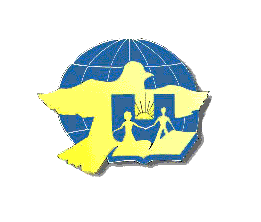| The Economics of the African Slave Trade - A brief description of important economical forces behind the slave trade |
| Origins of the Middle Passage - Why did European nation states need African labor in the Atlantic world? |
| Slave Trade Statistics - The actual number of men, women and children who were snatched from their homes in Africa and transported in slave ships across the Atlantic, either to the
Caribbean islands or to North and South America, will never be known. Writers vary in their estimates, but there is no doubt that their number runs into millions. The following figures are taken from Morel's calculations as reproduced by Professor Melville J. Herskovits and cover the period 1666-1800 |
| Mill, John Stuart - Principles of Political Economy - Mill's analysis of economics covers issues such as slavery, low wages, labor, money, trade, and the influence of wealth on the government. |
| Studies in the World History of Slavery, Abolition and Emancipation, - The Transition from the Slave Trade to Legitmate Commerce |
| Slaves in the American Maritime Economy, 1638-1865: - Economic and Cultural Roles (Brendan Foley) (x) |
| The Trans-Atlantic economy in 1800 - Copyright 1998 by Jim Jones (x) |
| What is Currency? - Lessons from Historic Africa. (lesson plan for teachers) |
| Senegal in 1848 - Essay by Bruce Vandervort. Examines the impact of the decree of April 27, 1848 (abolition of slavery in France's colonies), and the decree of March 2, 1848 (institution of universal manhood suffrage), on thesocial, political, and economic development of this West African colony at the time of the 1848 Revolution. Includes a bibliography. |

